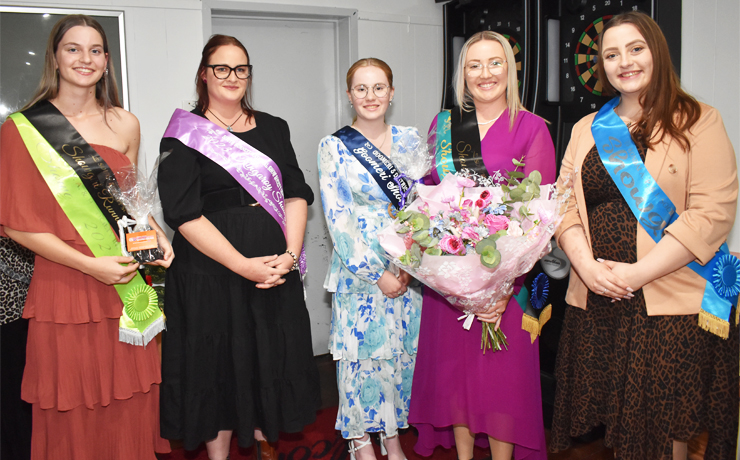
June 22, 2017
People in regional Australia are more likely to have witnessed bullying or harassment on social media than their metropolitan counterparts and are more than twice as likely to have been bullied themselves, according to a new report.
The 2017 Sensis Social Media Report said 23 per cent of regional residents had witnessed online bullying, compared with 15 per cent of city folk, and 9 per cent had been bullied themselves.
“More than eight in 10 people in regional areas are now using social media, driven by people’s obsession with their smart phones,” Sensis spokesman Rob Tolliday said.
“But, in a worrying trend, people in regional Australia are more likely to have witnessed bullying or harassment on social media.
“While social media can keep us connected with family and friends, people need to know when to switch off. Bullying is not acceptable in person or online and people should take action to protect themselves.
“You can ask the person to stop what they are doing, report the issue to the social media platform, or speak to authorities if it continues.”
The Sensis study found that people in regional areas were more likely to use social media than those who live in cities (81 per cent vs 78 per cent). They also have more contacts on Twitter, Instagram, Google+ and Snapchat, while people in metro areas have more friends on Facebook and LinkedIn.
“Having a higher number of social media contacts on these platforms may be leaving social media users in regional areas open to the risk of harassment from trolls,” Mr Tolliday said.
“People should remember they can always remove themselves from platforms or delete ‘friends’. Over the last year we have seen people in regional areas more likely to do that than people in metro areas (43 per cent vs 36 per cent).”
Nick Glozier, Professor of Psychological Medicine at the Brain and Mind Research Institute, Sydney Medical School said the research had found that 40 to 49-year-olds were the most likely to have been bullied or to have witnessed bullying online, highlighting that anyone could be a target.
“It’s important harassment is dealt with quickly to avoid any possible long-term psychological impacts,” he said.
The report also found that social media usage in regional areas had jumped 10 points this year, driven by people’s obsession with their smart phones.
“Excessive social media use may be re-wiring people’s brains, with every ‘like’ or ‘retweet’ acting as a reward and releasing small doses of dopamine that leave us happy,” Prof Glosier said.
“As a result we adapt our behaviour to chase further chemical rewards within the brain, and feel craving like symptoms and anxiety when we can’t get them.
“A recent US study found that narcissism is on the rise among young people, as are anxiety and distress.
“No doubt social media is having a significant impact as people feel pressure to compete in a fantasy world of posts that sometimes bear little resemblance to the reality of their day-to-day lives.”
Other key statistics from the 2017 Sensis Social Media Report include:
- Almost six in 10 people are now using social media in the bedroom, up from 42 per cent to 59 per cent this year, and rising to 94 per cent among 18-29 year olds.
- Males (36 per cent vs 27 per cent) and 18-29 year olds (74 per cent vs an average 31 per cent) are more likely to make friends with strangers on social media.
- Men dominate LinkedIn (22 per cent vs 14 per cent), Instagram (50 per cent vs 41 per cent), Twitter (35 per cent vs 28 per cent) and Snapchat (43 per cent vs 36 per cent), while women prefer Facebook (97 per cent vs 91 per cent)
- Sixty-three percent of 18-29 year olds have been excited when their post has received more ‘likes’ on social media than they expected
- Social media usage while on the toilet is now normal for 14 per cent of the population. It is even more common among men (17 per cent vs 12 per cent) and 18-29 year olds (29 per cent)
“Social media is breaking down long-established social norms. Whereas it was once considered rude to be on your phone in public, it is increasingly seen as acceptable to check social media in almost any situation, with a third of 30-39 year olds happy to ‘phub’ (phone snub) their family and friends at dinner,” Mr Tolliday said.























